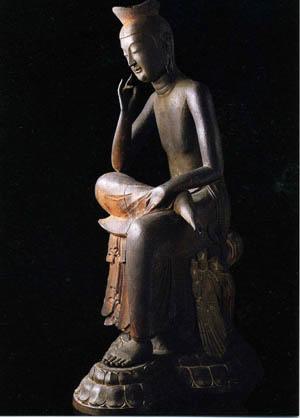
The Japanese notion of katachi (roughly) refers to a shape that tells a story. I’m interested in developing this idea into a shape-based method of reasoning that informs and is informed by the way stories can have a satisfying structure. Why does one ending seem better than another? I suspect it has something to do with how narrative structures fit, against those in culture and everyday life, as well as within themselves.
Katachi is the science of learning why some physical forms are more satifying than others. An explanation of katachi (with keynote slides) will soon be uploaded to the ‘models’ page.
My research group uses the similar-but-different term ‘kutachi’ to refer to a notion of good or satisfying form that also has an adaptive quality. The change of word reflects a respect for the traditional Japanese notion of katachi, and the ways our aims diverge from it. Rather than always returning to traditionally accepted forms, we are interested in the way stories are able to seek new forms that still work. An invitation to work on this project can be found here, at the Symmetry Society site. I am currently working on a project that runs alongside this idea, Design in Information Flow, funded by the National Academies Keck Futures Initiative.
The example in my slide-movie is a statue rumoured to be the most beautiful in the world, the Bodhisattva Maitreya in half lotus position, known as Hōkan Miroku, which can be found in Kyoto.
When I went to see this statue, I left a colleague behind at the hotel, because he was ill. We are well-travelled, and none of us thought it would actually be the most beautiful statue in the world. On my return from having seen it, the ill colleague asked, “So, was it the most beautiful?” I considered for a moment, and answered, “Yes, it probably is.” My work in this area has been an attempt to understand why this seemed so.
